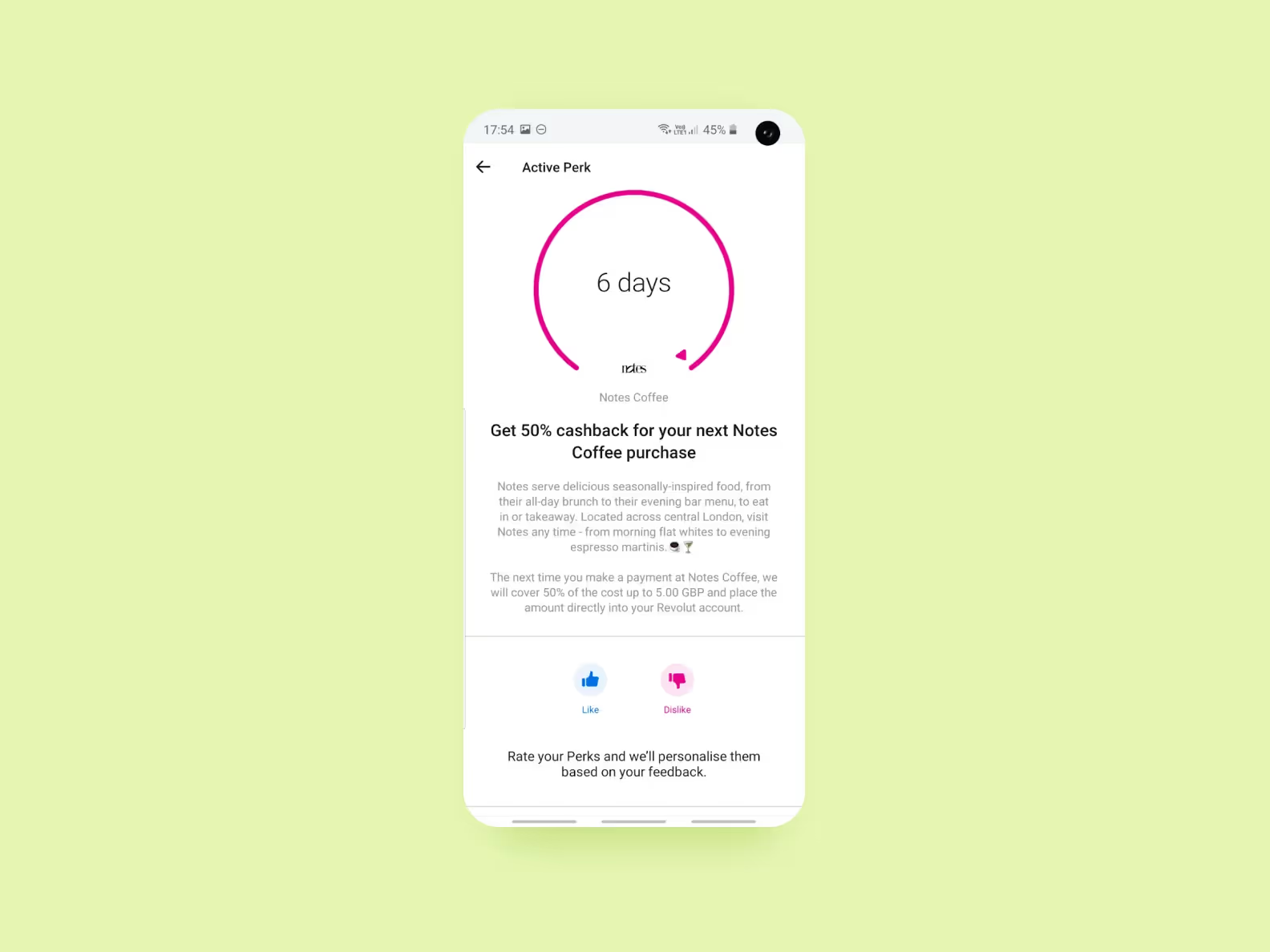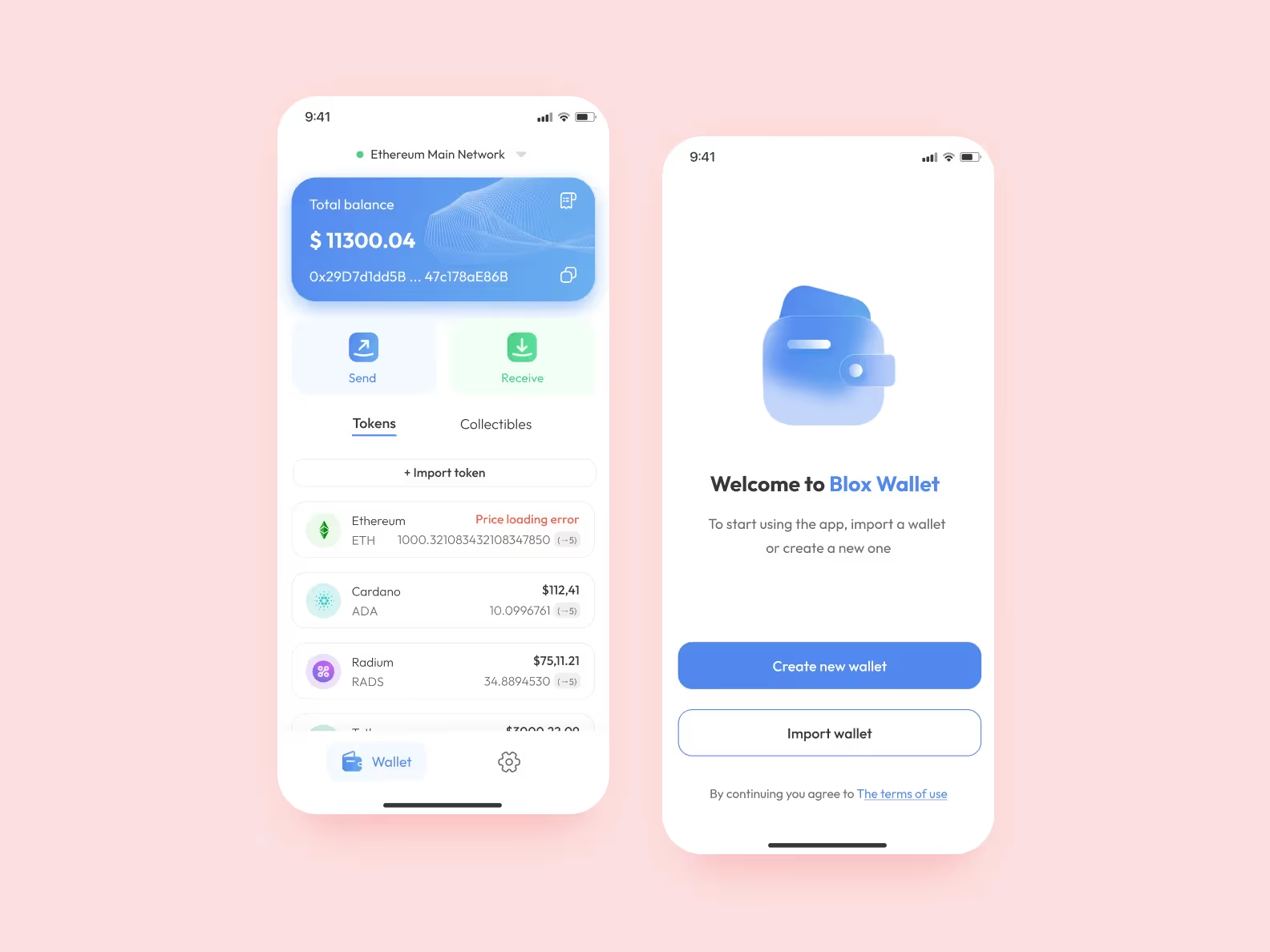


Amid a rapid increase of mobile apps in the FinTech sector, companies always look for new solutions to stand out. Gamification in banking is a way to boost engagement, increase retention, and add unique features to your solution.
This article will explain how to use gamification in banking, what benefits it brings, and provide real-world examples of game-like elements. Let’s go!

In short, gamification is a method of including game-like elements in web and mobile apps. It can benefit various industries, such as education, healthcare, wellness, retail, and finance and banking.
UI/UX designers use gamification to make interfaces more engaging and inspire interactions, sharings, and reactions among users
Some examples of gamification include:
Gamification has taken the app development market by storm, and it is not just a blank statement. We have some facts and numbers to prove it.
The gamification market worldwide is expected to reach nearly $22.45 billion in 2024 compared to $4.91 billion in 2016. And is set to continue to grow and is expected to be valued at over $56.7 billion by 2028.
More than 70% of the companies from the Global 2000 list use gamified elements in some way. It includes Bank of America, JPMorgan Chase, Wells Fargo, Bank of China, and many other role models of the banking industry.
The Texas bank Extraco launched a gamified process to educate customers about account changes. The game walked users through the reasons and benefits of a new system. As a result, the conversion rate increased from 2% to 14%, while customer acquisitions rose by 700%.
Gamification is based on fundamental human psychology. Many experts tried to break down why users enjoy interacting with game-like interfaces. Their suggestions vary from people’s need for recognition, reward, status, and achievement to the human desire for self-expression and altruism.
Studies helped figure out key principles of gamification that make it engaging and enjoyable.
Creating a story around gives users a reason to care and makes them involved in the process. Unfolding the story forward can be a powerful motivation to keep opening the app.
Eye-catching and visually pleasing elements draw the user’s attention and drive engagement. The more coherent and interactive the interface is, the less time the user will spend searching for a necessary button or action. It will directly influence customer satisfaction and retention rate.
Give the users control of their own actions and provide real-time insights and suggestions on how to achieve the desired goal. The timely feedback with tips will help you form a better relationship with users and gain data on their behavior patterns.
To maintain motivation, it is important to give away rewards or badges for achieving goals and milestones. Most apps also come up with quizzes and challenges to help users complete more tasks for rewards.
To successfully build a game-based strategy, it is crucial to keep up with the main challenges and benefits of gamification in web and mobile interfaces. Let’s review 8 advantages and possible threats of play-like interfaces in digital banking.
The arrival of game elements and features in the financial sector was ground-breaking. It showed users that taking care of finances can be fun, engaging, and comprehensible. To provide more insights on gamification in digital banking, we put together a showcase of four popular play-like features across the world with descriptions and visuals. Let’s dive in!
Goal setting is a valuable feature for users to stay on track with their savings and progress. Imagine you decide to save up for a dream vacation in Hawaii and use an old-school piggy bank. You just throw money in it with no plan or progress tracking. How long will it take you to reach the goal? God knows.
Virtual piggy banks can be much more effective for users. Setting up a goal can help them break the process down into smaller pieces of the puzzle. For example, track how much money is already in the money box or how much they need to save weekly or monthly.
🏦 When Tinkoff users open a savings account, they can set a goal and a deadline to keep an eye on the process. The app will display how much a user needs to top up every month to achieve the objective and keep the motivation up.

Though personal finances can seem scary and overwhelming from a distance, gamification is a great way to teach users financial literacy and establish positive spending habits.
One of the most popular gamified features of budget management apps is expense tracking. Usually, it includes elements like visualized spending transactions, colorful category grids, dashboards, and a percentage tracker.
🏦 Oops’s mission is to “help you not waste your money.” Users can link a card to the app, immediately see past transactions, and swipe left-right to sort transactions into categories represented with emojis.
The gamification strategy helped the app become viral on social media, and since its launch in 2022, Oops helped users sort out over $23 million in transactions.

To boost customer loyalty, gamification in the banking sector leans on cash back, a system of monetary rewards in which a user gets back a small amount of the total price paid. Usually, banks collaborate with retailers and companies to create such incentives.
🏦 Revolut offers users a 3% cashback on online purchases from more than a thousand brands and retailers. Unlike other shops and cards, there is no need to wait for weeks for cash rewards. It gets applied instantly in the app.
Additionally, Revolut has an extensive reward hub with limited-time tasks and offers.

How to make banking transactions and tasks enjoyable? Introduce the achievement-based system. For example, give away badges to users for spending on certain categories, using the card abroad, or splitting bills with friends. Unlocking achievement badges can help maintain the motivation of users and achieve a high retention rate.
🏦 Monobank is one of the gamification champions in the FinTech sector. In 2019, the bank launched an achievement program for users to complete simple tasks and earn up to 51 badges. Tasks included completing your personal profile or using ApplePay for a transaction. The first users to collect all badges got exclusive prizes and perks from the company.

Having a skilled and competent developer is the key to having a secure and robust mobile app. To successfully apply gamification strategies and avoid all possible pitfalls, a wise choice of a contractor is a must.
Here are 3 tips from our team on how to choose a developer for your app.
1️⃣ Do market research to narrow down your options. Think about how complicated your mobile application will be and what stack you need for the software development services. For gamification banking apps, you would probably want a full-stack team that knows the best practices for data security and has similar experience in the FinTech sector.
2️⃣ Check a portfolio and verify references from previous clients. It is time to turn into a private investigator for a bit and do your cyberstalking to check the credibility and expertise of developers. Pay attention if the team has already worked with the same industry and concept.
3️⃣ Ask if the team offers post-launch support. To stay relevant and trendy, you will need to continue using development services after the release. For example, to release updates, fix some bugs, or scale up and add new features. Make sure your developer won’t disappear and will be there to help you with new versions.
Сreating a banking app is a complex and challenging task itself. If you want to stay relevant to the market and add gamified elements, it adds an extra layer of responsibility to the team.
But everything is possible with the right developer who has relevant experience and pays attention to detail. Make sure they understand the most common challenges that come with gamification and already have solutions for them.
At Purrweb, we provide mobile and web software development services with straightforward and cutting-edge UI/UX to level up the user experience for your customers. We help startups and existing companies build an MVP in 3 months and test a business idea with real-world customers.
Wanna move forward with your app idea, and consult our developers? <a class="blog-modal_opener">Drop your email</a> and we will get back to you soon
We have a lot of experience developing FinTech mobile apps and solving complex tasks. For example, we once created a crypto e-wallet with no backend to ensure the safety and anonymity of the users.
